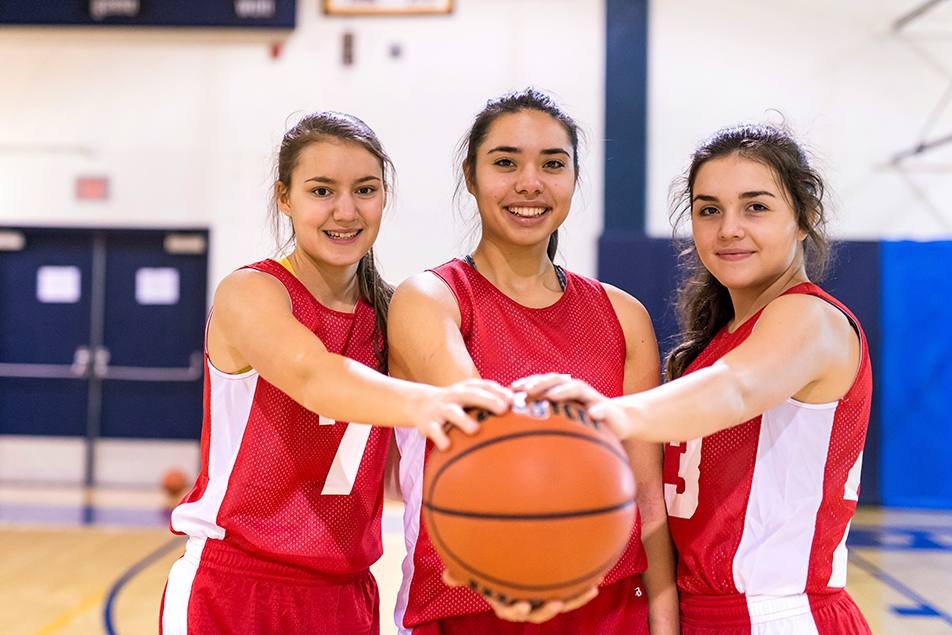
As the seasons come and go, so do the extracurricular sporting activities. As participants, or the parents of participants, the opportunity to do more than one simultaneously or within the same year, brings up a host of questions. Sarah Allison, LAT, ATC, athletic trainer, Parkview Sports Medicine, explores the pros and cons of getting out there in more ways than one.
What is a multi-sport athlete?
Multi-sport athletes train and compete in two or more sports throughout the same calendar year. This idea has roots tied to the phrase "the big three", which refers to boys competing in football, basketball and baseball. Today, there are a lot of different combinations we see in a high school athlete. In Indiana, the Indiana High School Athletics Association (IHSAA) sponsors 20 sports, providing ample opportunities to get high school students involved in physical activity.
Developing well-rounded athletes
Being a multi-sport athlete means that your body will be challenged in a variety of ways, depending on what sports you are involved in. Most sports have the same basic concept of running, jumping and throwing/hitting, but each sport incorporates unique, specific movements.
Training as a multi-sport athlete puts players at an advantage, because their body has been taught more movements, which allows them to perform at a higher level. Having a background of training different movements allows the athlete to adapt to the sport they are participating in, while being comfortable with all movements being demanded of their body.

For example, a female volleyball player has to jump to hit the ball. If her spike is blocked, she has to quickly transition to hit the ball again. This relates to a female basketball player that jumps to contest a shot, then quickly has to block out her opponent and jump to get the rebound. Similarly, a football linebacker tackles his opponent to the ground, while in wrestling an athlete takes down their opponent for a pin.
Preventing burnout
Training as a single-sport athlete for an extended period of time can cause burnout. Burnout is when the athlete loses their passion for the sport, dreads going to practice/games, or starts to make excuses to miss a practice/game. This is normally seen when an athlete starts playing one sport at a young age and continues with just that one sport.
Burnout is usually seen when an outside source pushes an athlete to continue participating in that specific sport without having the opportunity to try other activities. There are cases when an athlete finds his/her passion at a young age and only wants to participate in that sport, but they should still be encouraged to participate in other sports to promote development and prevent burnout.
Injury prevention
Injuries are common in every level of athletics, whether you’re a multi- or single-sport athlete. Multi-sport athletes are at an advantage when it comes to injuries because their bodies are more fully developed and ready for different demands that sports can place on them.
Multi-sport athletes need to make sure they have time for their bodies to rest between sport seasons. This allows the body to heal and recharge for the next sport the athlete is involved in. Having said that, multi-sport athletes tend to have less overuse injuries compared to single-sport athletes. Those participating in just one sport tend to have more overuse, or chronic, injuries from the repetitive motions that their bodies do throughout the year.
Single-sport athletes also tend to have the "awkward" injuries, which occur when they have to make an abnormal movement, and their body isn’t able to compensate. Multi-sport athletes’ bodies are normally trained for these types of movements because their joints/muscles have been developed.



